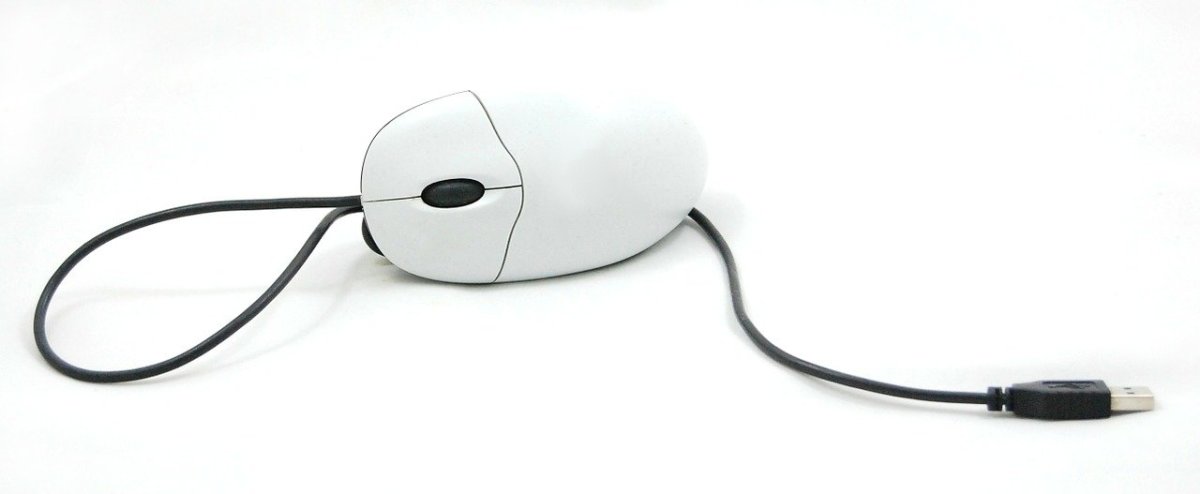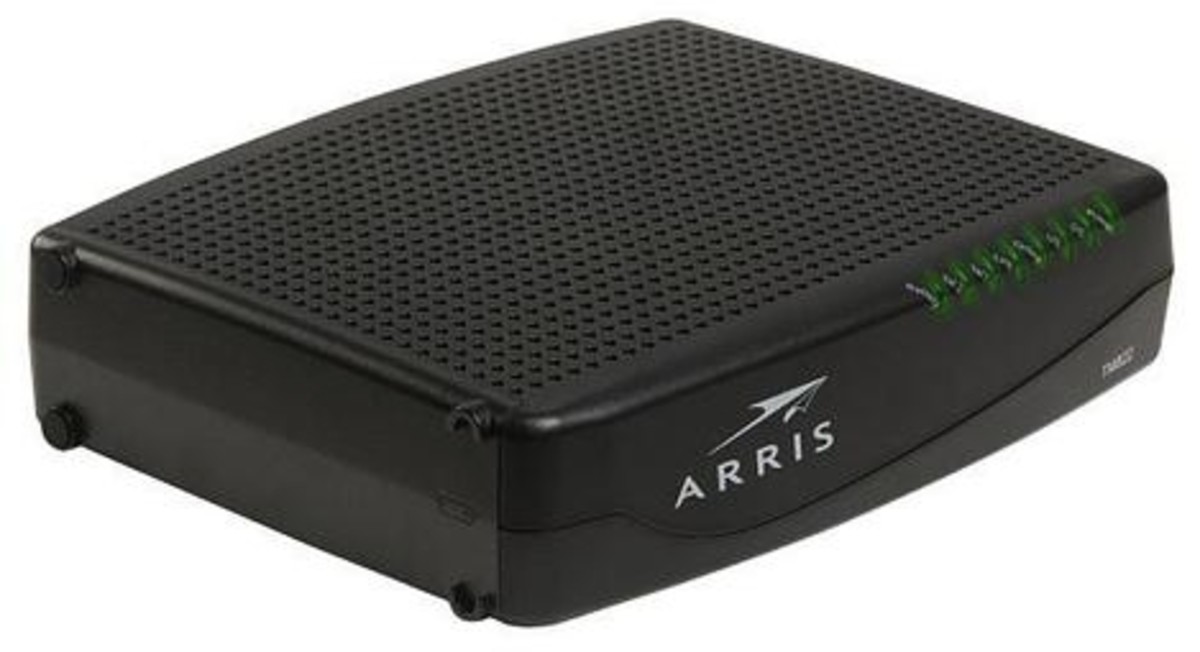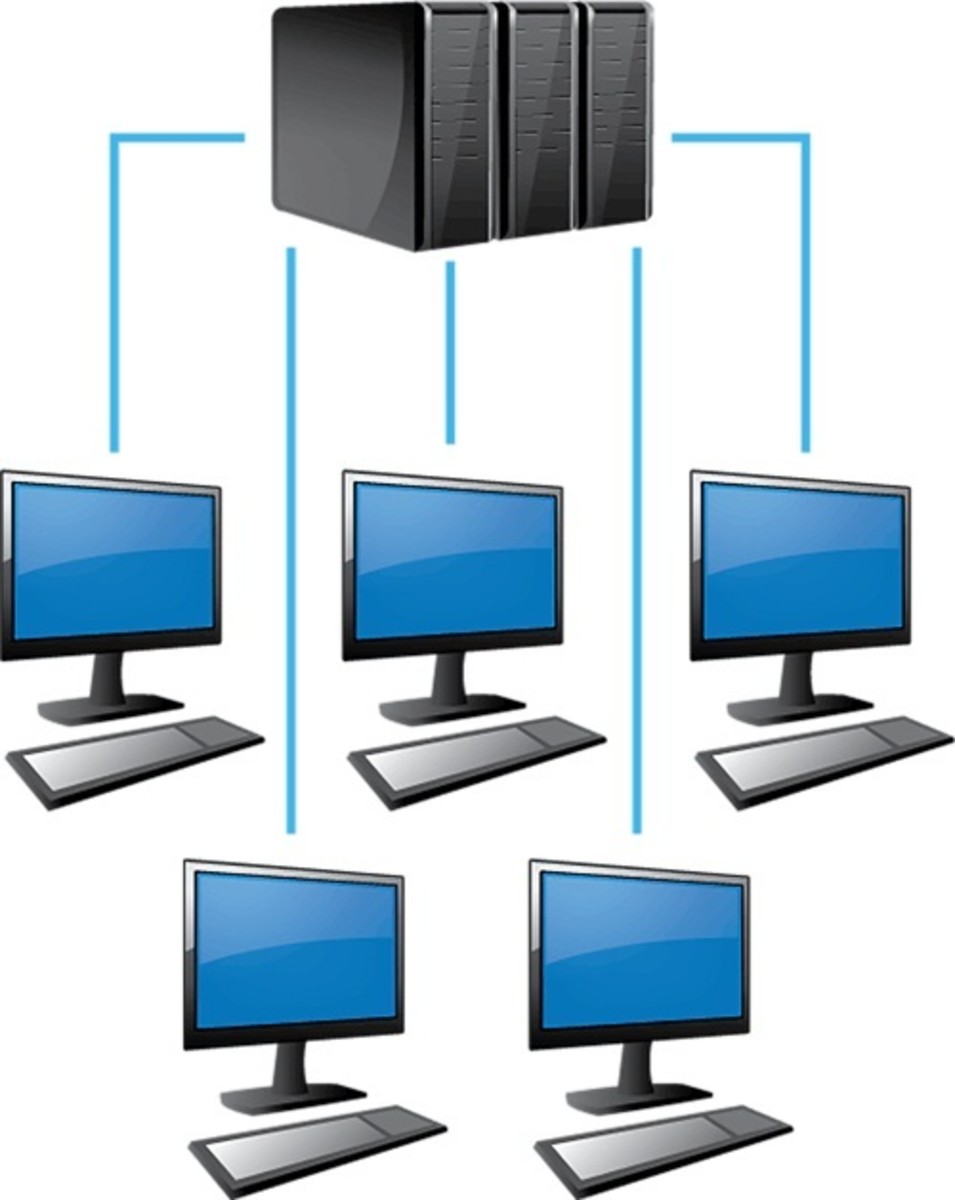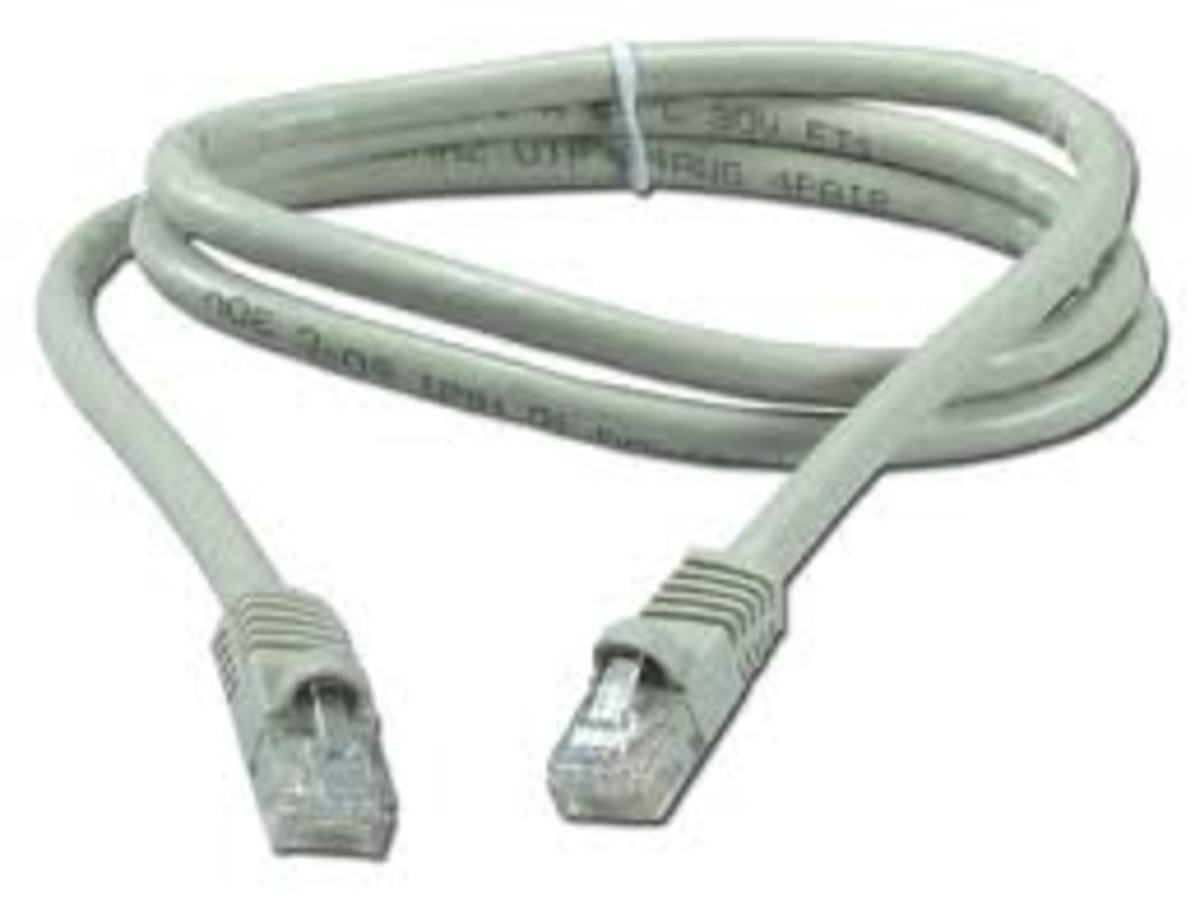Different types of Network cabling technology for computers
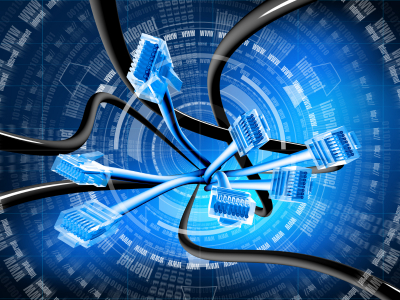
Network cabling
The cables that are used for connecting the computer networks fall into three main categories. They are coaxial (thin and thick types), there is twisted pair (unshielded and shielded), and also fiber optic (single mode and also multi-mode). Each of the cable types has its own advantages and disadvantages in terms of the cost, installation, and maintenance. There is also importantly a huge difference for the level of interference that the cables can be affected by.
Twisted pair cables.
Twisted pair cables work by using pairs of insulated cables, which are bundled inside a plastic covering. The twists in the cables are used to help reduce electromagnetic interference. Twisted pair cables are very easy to install and also lower in cost than the alternative coaxial and fiber optic cables. Partially becuase they are one of the the preferred networking cables for most networks, and they are easy and cheap to make.
There are different types of twisted pair, and these are called: CAT-1, CAT-2, CAT-3, CAT-5, etc.
Unshielded twisted pair
An Unshielded twisted pair (UTP) cable is the most common used of the 2 types of twisted pair cables. UTP cables are very inexpensive and easy to install and maintain. They are used heavily in small offices and home networks. They are however susceptible to electromagnetic interference, including (EMI) and radio frequencies interferences (RFI) and so they are not recommended to try to use them for carrying data to longer distances.
Shielded twisted pair
The Shielded twisted pair (STP) cables have a layer of shielding material which is between the cables and the sheath. STP cables do provide a certain amount of protection from EMI and RF disturbances and can also carry signals to greater distances. They are more expensive to install though.
Plenum/PVC.
The term plenum refers to the space that is between the main ceiling and the
dropped ceiling of a building. Its in this space, which can also hold the air circulation in heating and air-conditioning systems, that this network cable is located in. One of its best features is that it has a fire-retardant plastic jacket that surrounds the plenum cable. The
jacket is made from a low smoke polyvinyl chloride (PVC) or fluorinated ethylene
polymer (FEP). The plenum cables are highly resistant to any fire and are only really used in plenum space, where larger offices, and expensive commercial networks are located. The reason that you can't use other types of cable is that they pose a serious fire hazard in case of a fire.
Fiber optic.
Fiber optic cable technology has been around for many years. Its one of the best examples of how space technology is integrated into everyday life. It is is made up from very thin glass or plastic stretched out and kept inside a sheath. The transmission in a fiber optic cables is carried by light signals and is thus immune to any EMI and RF disturbances. You can also carry data much longer distances than UTP or STP cables and fibre optic is also considered the most secure of all the cable types. Fiber optic cables are very expensive to install and maintain. They require expensive hardware, and very skilled technicians, and also special tools for the installation. Fiber optic cable is used mainly in data centers for providing the high-end connections to critical backbone servers and other network devices where high-speed data transfers are essential.
Single-mode fiber optic cable
Single-mode fiber optic cable is made with 8 to 10 micron core glass or plastic fiber surrounded by 125 micron cladding. This type of fiber optic cable uses a single beam of light, and can so travel to greater distances than the multi mode fiber optic cable.
Multimode fiber optic cable
Multimode fiber optic cable is made with 50 or 62.5 micron core and a 125 micron cladding. In this fiber optic cable, multiple beams of light travel through the core and are reflected by the cladding. Some of the beams even get refracted into the cladding which causes a loss of signal.
Connectors
The Connectors are used for terminating cables and they provide an interface to connect the cables to required devices. Each connector always has two variations, they are a male and a female. Some of the different types of connectors include:
Registered Jack-11 (RJ-11)
RJ-11 connector is mainly used for the termination of telephone wires. It has capacity of three telephone lines with six pins, but only four of the pins are really used. A single telephone line uses only two pins, but with a Digital Subscriber Line (DSL) four pins are used.
.
Registered Jack-45 (RJ-45)
RJ-45 is an 8-pin connector that is mainly used for terminating the twisted pair networking cables. It is the most common type of connector used in computer networks, and although similar in size to the RJ11, it is slightly larger than it.
Subscriber/Standard Connector (SC)
SC connector is used mainly to terminate the fiber optic cables. It has a push-pull mechanism to make the connection.
Straight Tip (ST)
ST connector is a much older type of fiber optic connector. It uses the twist on and twist-off mechanism to connect.
Lucent (LC)
LC connector is used for fiber optic cables that have a push-pull mechanism. LC has a small flange on the top that keeps the connection secures and in place.
Mechanical Transfer-Registered Jack (MT-RJ)
MT-RJ connector is similar to the RJ type connectors. They always hold two fiber cables to allow full-duplex communication.
Universal Serial Bus (USB)
USB connectors come in a variety of sizes and shapes. The two most popular types of USB are Type A and USB Type B. The Type A connector is used mainly on computers, and the Type B connectors are usually used for connecting devices such as cameras, or printers.
IEEE 1394
IEEE 1394 connector which is also known as Firewire. These connectors are used for digital video and portable storage devices, due to their high speed. The IEEE 1394 connectors come in 6-pin and 4-pin configurations.

